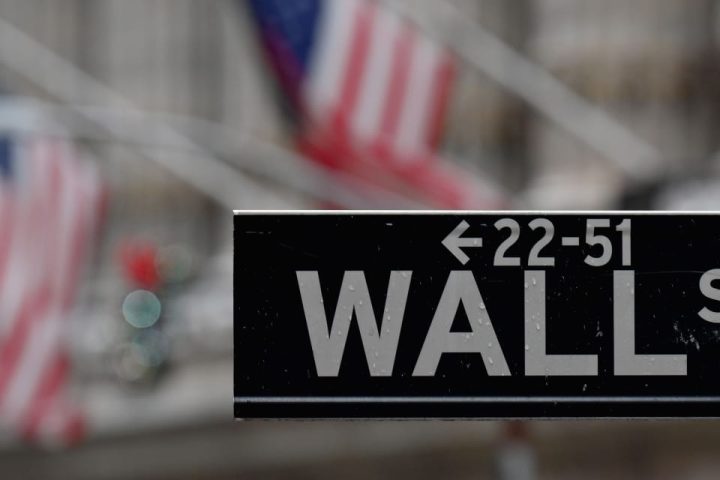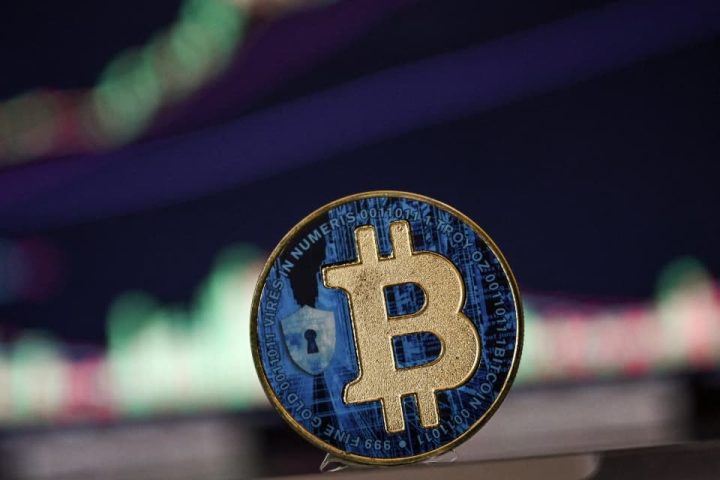SAN FRANCISCO (Reuters) – The U.S. central bank must steer between the risk of doing too little and taking the fight against inflation too far, Federal Reserve Governor Lisa Cook said on Thursday, a task made particularly delicate because other global central banks have also tightened monetary policy quickly over the past couple of years.
“I believe that a ‘soft landing’ is possible, with continued disinflation and a strong labor market, but it is not assured,” Cook said in remarks prepared for delivery to a San Francisco Fed conference on Asian economic policy. “I see risks as two-sided, requiring us to balance the risk of not tightening enough against the risk of tightening too much.”
The Fed lifted interest rates rapidly last year and more slowly this year, delivering its most recent rate hike in July and since then holding the policy rate steady in the 5.25%-5.50% range to observe the effect on inflation, which peaked last summer at 7.1% by the U.S. central bank’s preferred measure.
The economy is still growing and consumers are still spending, and “there is a risk that such continued momentum in demand could keep the economy and labor market tight and slow the pace of disinflation,” Cook said.
But there’s also a lot of progress, she noted.
The personal consumption expenditures price index rose 3.4%, in September, brought down by higher borrowing costs as well as improvements in supply chains as the impact of the coronavirus pandemic shutdowns recedes.
More workers have entered the labor force to meet U.S. employers’ still-strong demand for workers, and with the supply of multi-family housing on the rise, Cook said, more disinflation is in the cards.
And there are signs of potential stress ahead, she said, with lower-income households having largely depleted their savings, and small businesses that rely on short-term borrowing facing sharply tighter credit conditions.
Meanwhile, Cook noted, other global central banks have also tightened policy rapidly.
“When others are also tightening, each respective central bank may need to do a bit less to achieve the same outcomes because of these spillover effects,” she said. “But in a world of uncertainty it is hard to judge the exact size of these spillovers.”
Read the full article here







